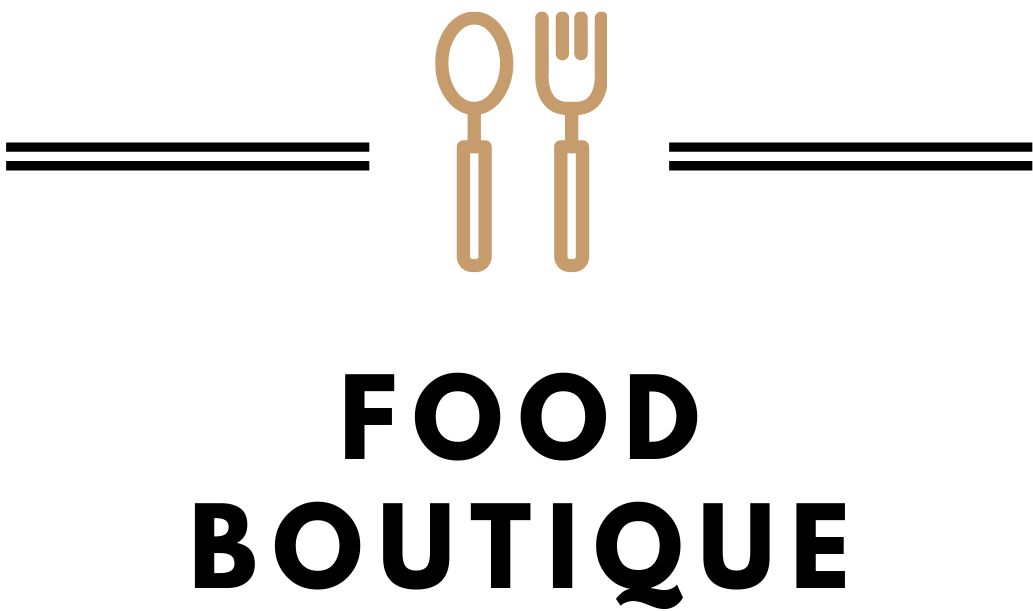In the ever-evolving landscape of kitchen essentials, the choice between various food storage containers often leads to a crossroads where practicality meets personal preference. Glass food storage containers have gained prominence in recent years, heralded for their transparency, durability, and health-conscious attributes. However, like any choice, they come with their set of pros and cons. In this exploration, we delve into the advantages and drawbacks of glass food storage containers to help you make an informed decision for your kitchen.
The Pros of Glass Food Storage Containers:
1. Purity of Contents: One of the undeniable advantages of glass food storage containers is their inert nature. Glass does not leach harmful chemicals into your food, ensuring that the purity and integrity of your meals remain intact. This feature is particularly appealing to those who prioritize the health and well-being of their families.
2. Environmental Sustainability: Glass is a recyclable material that can be reused indefinitely without losing its quality. Opting for glass food storage containers aligns with a more sustainable lifestyle, contributing to a reduction in plastic waste and environmental impact. For individuals seeking eco-friendly alternatives, glass containers offer a clear path towards a greener kitchen.
3. Durability and Longevity: Glass containers are known for their durability and resistance to wear and tear. Unlike plastic containers that may warp, stain, or absorb odors over time, glass maintains its integrity through countless uses. This longevity not only reduces the need for frequent replacements but also proves to be a cost-effective investment in the long run.
4. Versatility in Usage: Glass food storage containers seamlessly transition from storage to serving, offering unparalleled versatility in the kitchen. They can go from the refrigerator to the oven or microwave without any concerns about chemical leaching. This versatility makes glass containers ideal for reheating leftovers or preparing dishes that require a variety of cooking methods.
5. Aesthetic Appeal: The transparent and sleek design of glass containers adds a touch of elegance to your kitchen. The ability to see the contents at a glance not only enhances the visual appeal of your storage spaces but also allows for easy organization. Glass containers elevate the overall aesthetic of your kitchen, turning everyday storage into a stylish and organized affair.
The Cons of Glass Food Storage Containers:
1. Weight and Fragility: One of the primary drawbacks of glass containers is their weight. Glass is heavier than plastic, making it less convenient for individuals who prioritize portability and ease of handling. Additionally, the fragility of glass poses a risk of breakage, especially in busy or high-traffic kitchens. This can be a significant consideration, especially for those with children or in households where accidents are more likely.
2. Price Point: Glass food storage containers often come with a higher upfront cost compared to their plastic counterparts. While the long-term durability and sustainability may justify the expense for some, it remains a factor to consider for those on a tight budget. The initial investment in glass containers may be a deterrent for individuals seeking more economical storage solutions.
3. Limited Styles and Shapes: Unlike plastic containers that come in a variety of shapes, sizes, and colors, glass containers tend to have a more limited range. This can be a constraint for individuals who prefer a diverse selection to suit different storage needs or those looking to add a pop of color to their kitchen. The uniformity of glass containers may not cater to those with eclectic tastes in kitchenware.
4. Temperature Sensitivity: While glass containers are oven-safe, sudden and extreme temperature changes can lead to breakage. Placing a cold glass container directly into a hot oven or vice versa can result in thermal shock, causing the glass to crack. This requires a level of caution and attentiveness during cooking and reheating, which may be considered a drawback for some users.
5. Limited Microwave Ventilation: When using glass containers in the microwave, there may be a need for careful ventilation. Unlike plastic containers that often have vented lids, glass containers may create pressure and steam during heating. While some glass containers come with vented lids, it’s crucial to ensure proper ventilation to prevent accidents or splattering.
Conclusion: Making an Informed Choice
In the ongoing debate between glass and plastic food storage containers, the decision ultimately boils down to personal preferences, lifestyle, and priorities. The pros of glass containers, including health-conscious features, environmental sustainability, and versatility, make them a compelling choice for many. However, the cons, such as weight, fragility, and a higher upfront cost, require careful consideration.
Weighing the options involves assessing your individual needs and priorities in the kitchen. If health, sustainability, and a touch of elegance are paramount, glass food storage containers may be the ideal fit. On the other hand, if convenience, affordability, and a broader range of styles are key considerations, plastic containers might better suit your requirements.
In the end, the best choice is one that aligns with your lifestyle and values. Whether you opt for the transparency of glass or the convenience of plastic, the key is to make an informed decision that enhances your kitchen experience and contributes to the overall well-being of your household.
